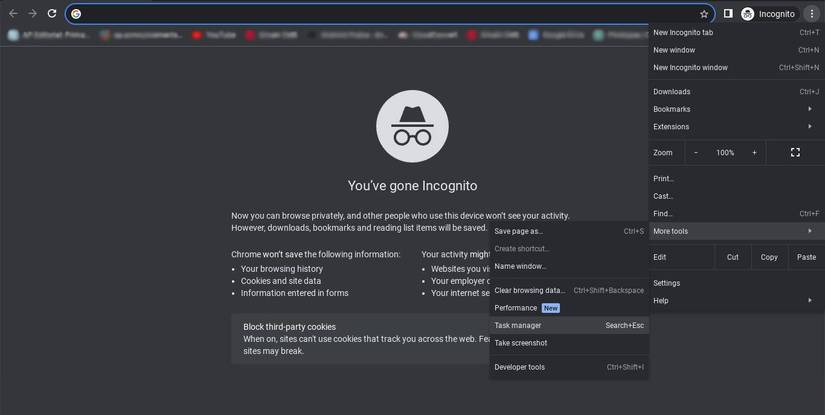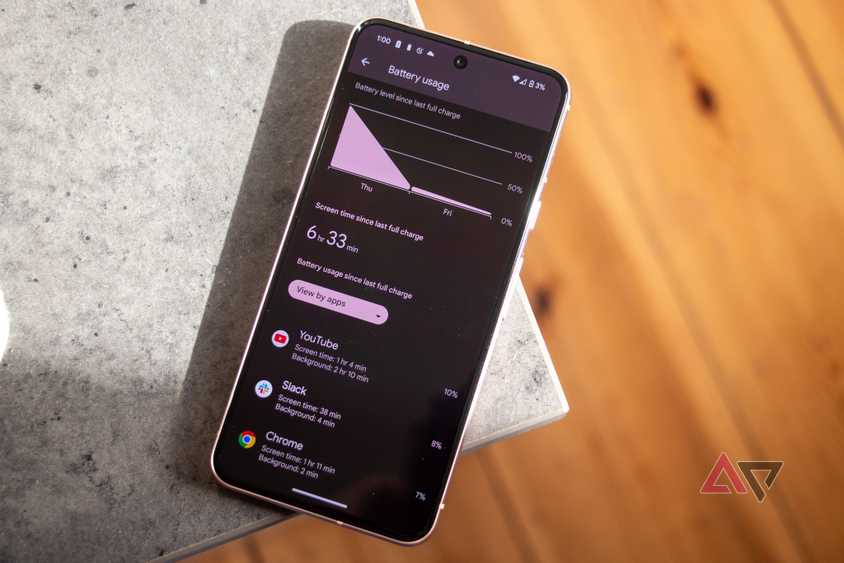Google Chrome is the default web browser on Android, making it the de facto choice for many. However, if you’re like me and have grown tired of its limitations and less-than-ideal mobile interface, it’s time to look for alternatives. After trying several third-party browsers, I stumbled upon Vivaldi, and the difference has been transformative. Vivaldi is more than a browser. It’s a carefully crafted tool that puts power and personalization in your hands.
From its intuitively designed bottom bar, which enhances accessibility, to its depth of customization, powerful suite of productivity tools, and solid desktop experience, Vivaldi has proven to be the superior choice and demonstrates what a browser should do on your Android phone.
6
A host of customization options
Chrome feels quite limited here
Customization is one area where Vivaldi shines and leaves Chrome feeling basic. With Chrome, I’m stuck with what Google gives me: a bland, uniform experience. Vivaldi takes the customization setup to the next level.
For starters, my Start Page is no longer a generic grid of frequently visited sites. I can curate my top sites to display exactly what I want and switch between different speed dials with a swipe. I can resize them, make them larger or smaller to fit more on the screen, or give more prominence to my favorites.
Plus, I can swap the default background image with one that resonates with me. The customization options continue when you go into the settings. You can tweak the search engine, change the address bar position, adjust the tab width, display a tab as a favicon, enable floating tabs, and more. This browser adapts to my workflow, not the other way around.
5
Runs the same Chromium engine under the hood
Don’t leave your favorite extensions behind
A big reason I felt confident making the switch to Vivaldi, despite its different interface and unique features, is knowing what’s under the hood. It runs on the same Chromium engine as Google Chrome. This comes with two massive and practical advantages that make Vivaldi a compelling alternative without compromising on anything.
My favorite and preferred websites worked flawlessly on Vivaldi from day one. I can’t tell you how frustrating it is to switch browsers only to find that sites break or behave differently because they are not optimized for the Chromium rendering engine. I recently tried Zen browser. While I liked some of its ideas, it’s built on the Gecko engine (like Firefox), and I had issues with critical web services I use, like Photostack.
Since Vivaldi shares the same Chromium DNA, that’s not a concern. Every website I throw at it, from complex web apps to streaming services, works as expected, like it did on Chrome.
My productivity setup relies on a handful of browser extensions. I can go to the Chrome Web Store, download them, and use them without issues. This means I get all of Vivaldi’s incredible features and customization, plus the robust ecosystem of Chrome extensions I have come to depend on. It’s truly the best of both worlds.
4
Ideal for large devices
Seriously, when is Chrome getting a bottom address bar?
When it comes to using Vivaldi on my large Android phone, the experience is a breath of fresh air compared to Google Chrome. Chrome feels like it was designed for phones and then stretched to fit larger screens.
The biggest game-changer has been the ability to switch the address bar and other key controls to the bottom of the screen. On a large Android phone, holding it with two hands, or even one, and trying to access the address bar or switch tabs at the top is frustrating.
I configured Vivaldi so that everything I need for navigation (the address bar, the tab switcher, and other essential options) is within thumb’s reach at the bottom.
3
Fly through search engines
Google isn’t as robust as it used to be
This is one of the best features in Vivaldi that’s missing from Chrome. I can switch between search engines on the fly, without diving into the settings menu. With Chrome, if I want to go from a quick Google search to a more private DuckDuckGo query, I must go to settings, find the search engine section, and change my default.
Vivaldi solves this beautifully. Let’s say I’m in the address bar and I want to search for something on DuckDuckGo, even though my default is Google. All I do is type d (for DuckDuckGo), press the spacebar, and type my search query. The same applies to other search engines, like Wikipedia (w) or Bing (b), or custom search engines I add.
This might sound like a small thing, but I value speed and privacy, and frequently switch between different search engines for various needs, making it a major time-saver.
2
A bunch of productivity tools are built-in
Neat utilities for a better browsing setup
Vivaldi offers a suite of integrated tools. On Android, this comes into play with the Notes feature. I can’t tell you how many times I browse a website, stumble upon an interesting fact, get an idea, or need to jot down a quick thought related to the page. With Chrome, I must open a dedicated note-taking app to get the job done.
In Vivaldi, I can tap the Notes icon, type my thoughts, and move them to OneNote later. The built-in translation feature is also handy. I frequently encounter websites in other languages, and instead of relying on a third-party translation service, I can translate entire pages with a single tap.
1
The desktop app is simply better
Vertical tabs, reader mode, and more
The true power of Vivaldi’s integrated features becomes even more apparent when you jump to the desktop version. I’m talking about a full-fledged Calendar, a robust Mail client, and an excellent RSS Feed Reader. This means I can manage my emails from multiple accounts, keep track of my appointments, and subscribe to my favorite sources, without leaving my browser window.
The Vivaldi desktop version also supports vertical tabs, workspaces, the same customization options, reader mode, and more. The latter is handy in specific scenarios. When I come across a web page that bombards me with endless banners, I switch to the reader mode to remove such distractions with a single click.
Faster, better, stronger
Whether it’s customization, productivity, privacy, or compatibility with your existing extensions, Vivaldi ticks all the boxes. If you feel constrained by Chrome on Android, I urge you to give Vivaldi a try. While you’re at it, download Vivaldi on your desktop. It offers a refreshing alternative that makes Chrome feel outdated. If privacy is your top priority, check out these options to browse the web.




